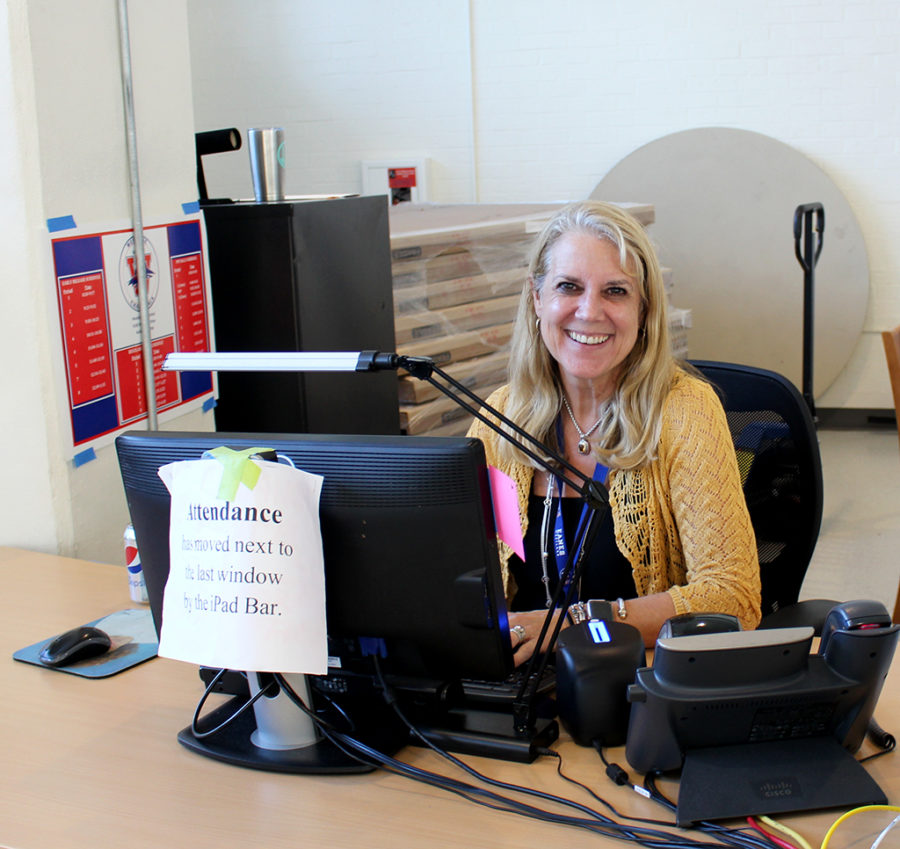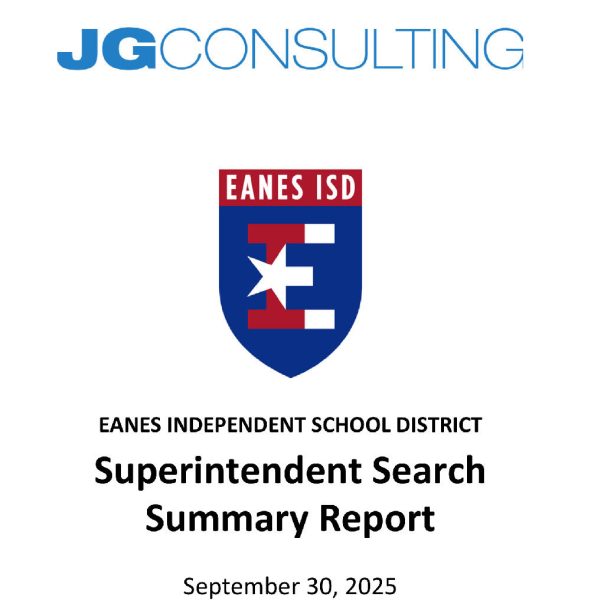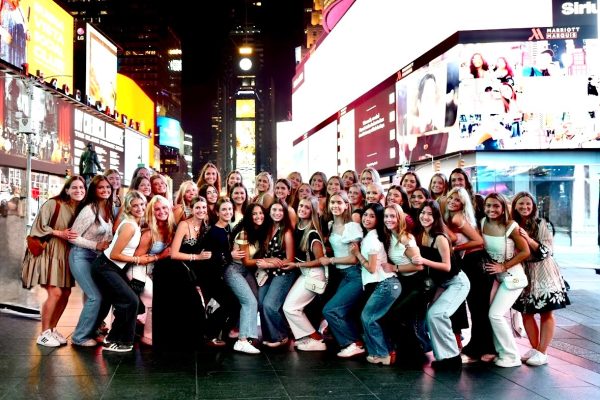New security improvements for school safety cause varied opinions
Receptionist Karen Lear at her station in the Chap Court. Lear is in charge of regulating the buzz-in system, one of the new security improvements.
Since last year, the administration has been working on new security improvements to create a safer environment for students. Over the summer, the school put those ideas into motion.
“We fit tinted windows in the PAC, Chap Court and also in the Ninth Grade rotunda,” assistant principal and director of safety Bryan Shippey said. “You can see out and they can’t see in.
We don’t want students propping doors open for each other. [We don’t want] somebody walking by and banging on a door and [people] just letting them in. It’s hard for students to not do that if they can see you. Part of it is energy savings, too. It makes it easier to cool things.”
Along with the new tinted windows, the Chap Court has added a buzz-in system to filter the people who enter the school buildings. Students simply have to ring a doorbell outside of the Chap Court or front office doors to be checked in by the attendance clerk.
“The bell activates a video camera for anyone sitting at the Chap Court desk or at the front desk,” receptionist Karen Lear said. “We can see you, and then we’ll ask ‘Are you a student?’ and buzz you in.”
The system starts up after the first bell in the morning and ends at the end of the school day.
“I like the new security,” junior Kasey Hendrix said. “But, I don’t like the buzz-in system. I think it could be improved because it causes traffic.”
Other students have also expressed annoyance with the buzz-in system.
“I think the school should get rid of the doorbell,” junior Nick Cohn said. “What is it supposed to protect? It doesn’t do anything.”
The main problem the students have is the question of whether the bell is actually effective in creating better school safety.
“The buzz-in is stupid,” junior Emma Craddock said. “It’s supposed to make sure shootings don’t happen, but the shooters are always students. It’s doing nothing.”
While the buzz-in system was not directly in response to the school shootings of last year, Shippey said that the events sped up the process of new safety measures. The system has been at an elementary school in the District for a year before spreading to the rest of EISD schools.
“The buzz-in system was piloted at Barton Creek Elementary all last year,” Shippey said. “From the beginning to the end, they took data on how it worked, and that’s when they expanded it to everybody. Buzz-in systems have been put in on every campus — all nine campuses, all the elementary and middle schools and now us.”
Shippey explained that the system is put in place to regulate who goes in and out of the school.
“It’s just to verify that everyone coming in the building is seen, checked in and we know why they’re there,” Shippey said. “Most campuses have one system in the main office. For us, though, we have two — one in the Chap Court and one in the main entrance because that’s where most of our traffic comes in. Once school starts, all the exterior doors are locked. Visitors have to push a button, and the front desk can manually unlock the door.”
Another security measure is the revision of student tags. The old student tags had a barcode to scan on to buses and buy lunch. The new tags will be combined with student picture IDs. With the introduction of the new tags, Shippey hopes students will consistently carry them for identification purposes. Students will receive the improved tags in October following picture day. The tags could possibly improve traffic students have experienced with the buzz-in system.
“They’re looking at the ability for your smart tags to be able to access control [to the Chap Court,]” Shippey said. “That way you could code certain students, like Robotics, since they have to go outside the building, so when they come in they could be coded for just that Ninth Grade Center cafeteria door. It would also only happen between 9 o’clock and 4 o’clock.”
Prior to the start of the school year, all staff members in the school underwent a three-hour-long critical incident training, which included active shooter training and addressed any critical incidents that could occur at the school.
“We partnered with the Travis County Sheriff’s Department,” Shippey said. “They showed us what it would be like if there was a critical incident, what it would sound like, how we would respond and what the police would do if they ever came in the building so we would know what to expect. We had some students that helped us with that. They acted out roles with us.”
The new safety improvements also include more education about safety so that students can learn what to do in the case of an emergency.
“We have a new Standard Response Protocol that should be in all classrooms,” Shippey said. “If we ever make an announcement that we’re going into a lockout, it tells everybody what to do. So, if you have a substitute, you can look at the poster and know what to do.”
As for other security measures, Shippey says students can help in keeping Westlake safe.
“Students can help us by not propping doors open,” Shippey said. “People should be going through main entrances so we can keep an eye on them.”
Students can also help keep Westlake safe by sending in anonymous quick-tips about suspicious activity online. Overall, Shippey assures that Westlake is a safe environment for students.
“We have four full-time security personnel that are around this building every single period, checking doors, entrances and things like that,” Shippey said. “We have two full-time sheriff officers and Vito, our safety dog. We have a blue call box up near the band hall, and we have other mechanisms throughout the building that we can go into lockdown if somebody just flips a switch.”
With these new improvements, the school administration hopes to promote safety and protect students and staff from potential dangers.






